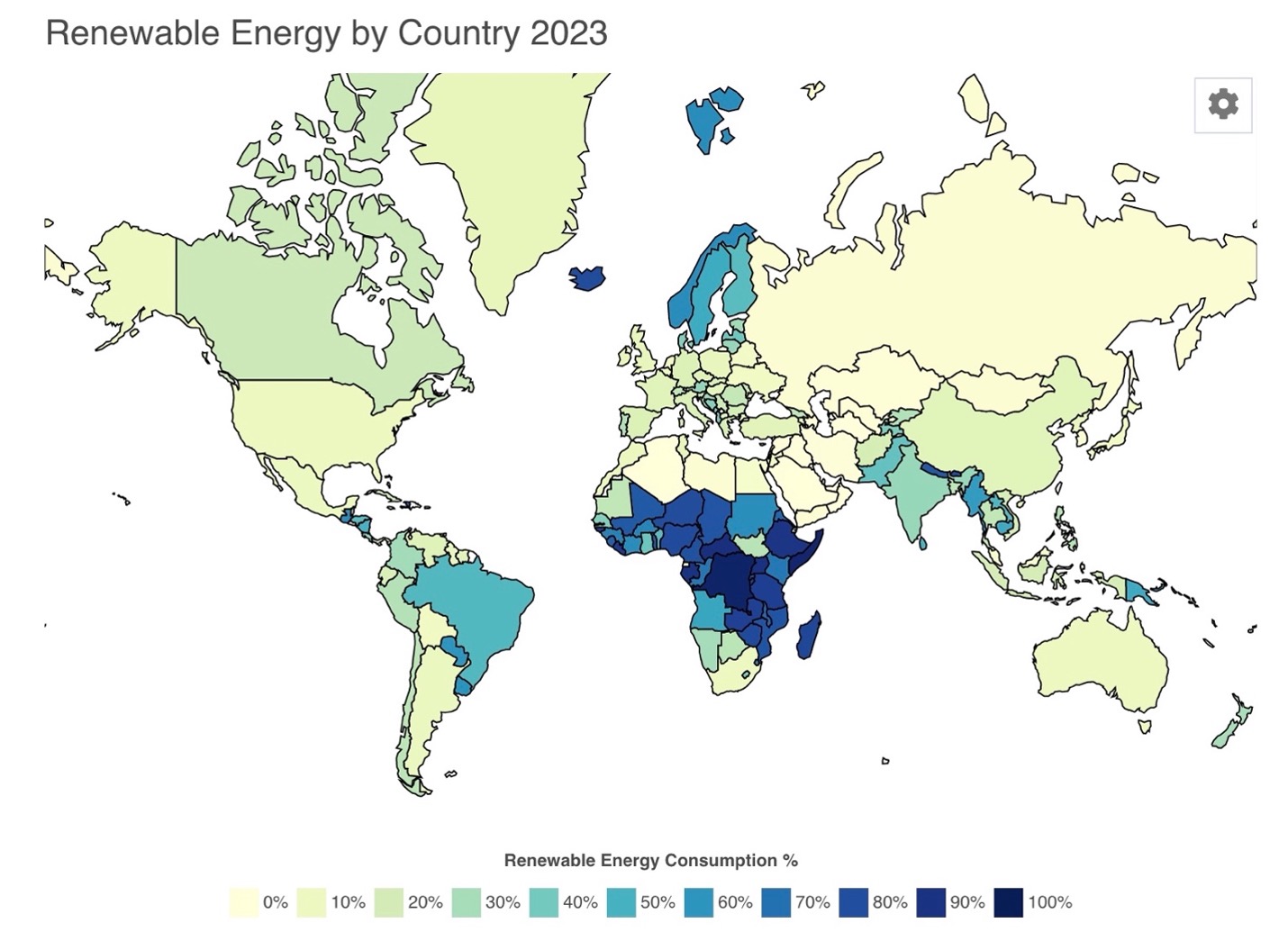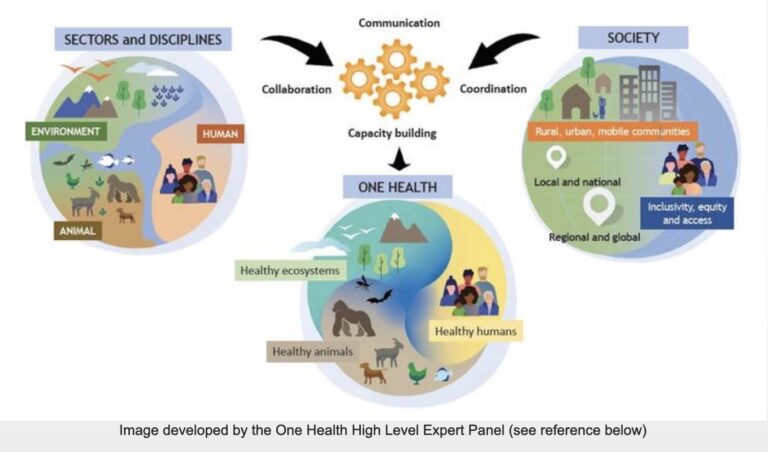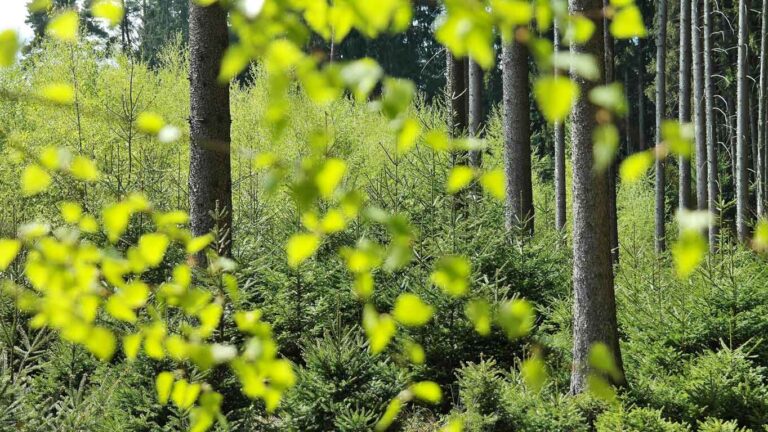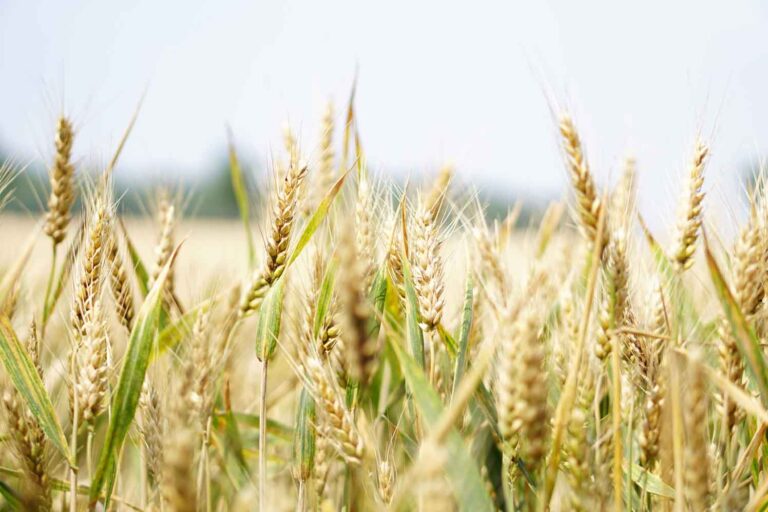By Josh Mitteldorf, John Klar, and Meryl Nass,
How do we know whether it is, on average, getting warmer or colder? We have been told the earth is dramatically heating up. On average, the world has heated up 1.1 degrees centigrade[1] (or 2 degrees Fahrenheit) since the 1880s. According to the United Nations, if the increase since 1880 goes above 1.5 degrees centigrade (or less than 1 degree Fahrenheit more, which is not much) there will be dire results, although the specific consequences of this small rise are not laid out:
“Simon Stiell, UN Climate Change (UNFCCC) Executive Secretary, stressed the importance of curbing global warming to 1.5 degrees, saying that it is a goal set by the Paris Agreement but also grounded firmly in science and hard data.
“Anything beyond a 1.5 rise increases the risks to health, livelihoods, food security, water supply, human security and economic growth. For many, it is already a living hell… every fraction of a degree beyond 1.5 increasingly puts human life on this planet in peril,” he emphasized, calling on countries to be “rigorous” in their efforts to uphold their commitments in the Glasgow Climate Pact to keep 1.5 in sight.”[2]
But what kind of changes would it take to achieve this goal?
“To limit global warming to around 1.5 degrees C (2.7°F), the UN’s Intergovernmental Panel on Climate Change (IPCC) report insisted that global greenhouse gas emissions would have to peak “before 2025 at the latest and be reduced by 43 per cent by 2030.”’[3]
But if emissions were reduced by 43% how would we heat and cool our houses, cook, and drive our vehicles? Renewables were said by the World Bank[4] to yield 20% of global energy in 2020. But this is a misleading statistic because it includes the burning of wood (also referred to as biomass) as a renewable. Africa was thus the continent with the highest percentage of renewable energy use.[5]
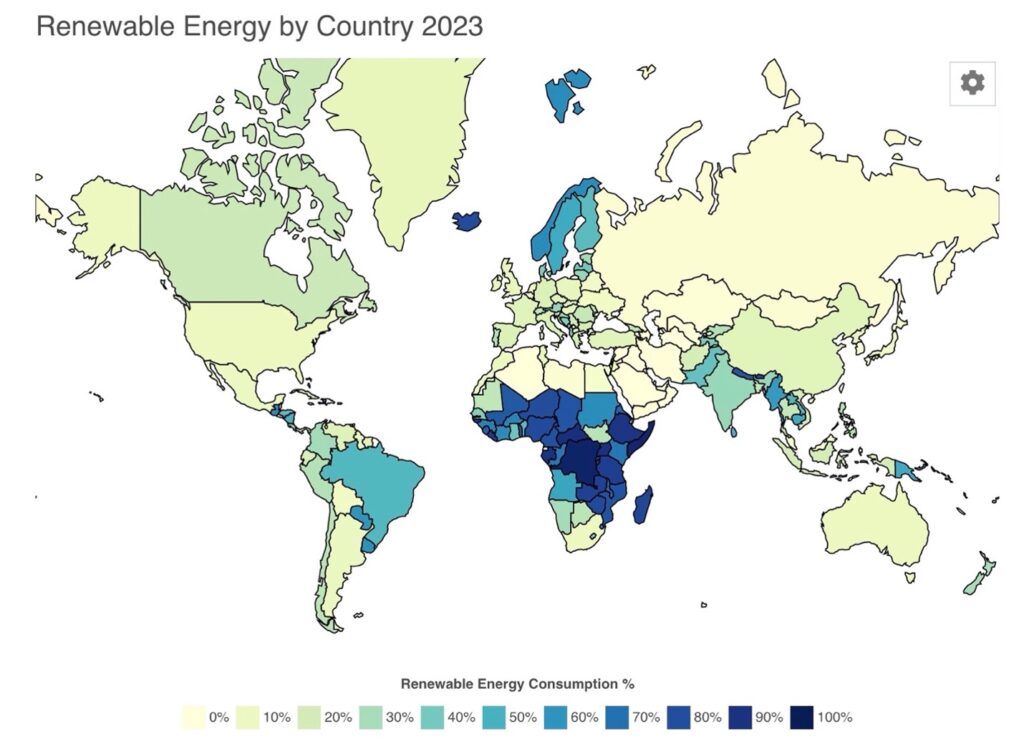
https://worldpopulationreview.com/country-rankings/renewable-energy-by-country
The developed world is already using more than its fair share of energy. Would we have to drop our use of petroleum and natural gas by even more than 43% to meet this target, all within 7 years? Wind and solar energy will not be able to heat our homes or power our cars in that timeframe.
But perhaps things are not so dire as we have been told.
In some parts of the Arctic and Antarctic ice cover is reduced, while in other parts it is expanding.[6] Antarctic ice reached a record maximum[7] in 2014, so it is only natural it has lost ice since then. In 2022 NASA said the Arctic’s winter ice was the tenth lowest on record.[8] Tenth lowest does not sound so bad, when it is claimed at the same time that “the last eight years were the hottest on record.”[9]
How can we determine whether human actions are affecting our climate and if so, how much? Right now, there is no way to be sure how much human activity is affecting climate, and how much the climate is simply going through normal cycles.[10]
Did you know that in the 1970s people were worried that we were entering a new ice age?
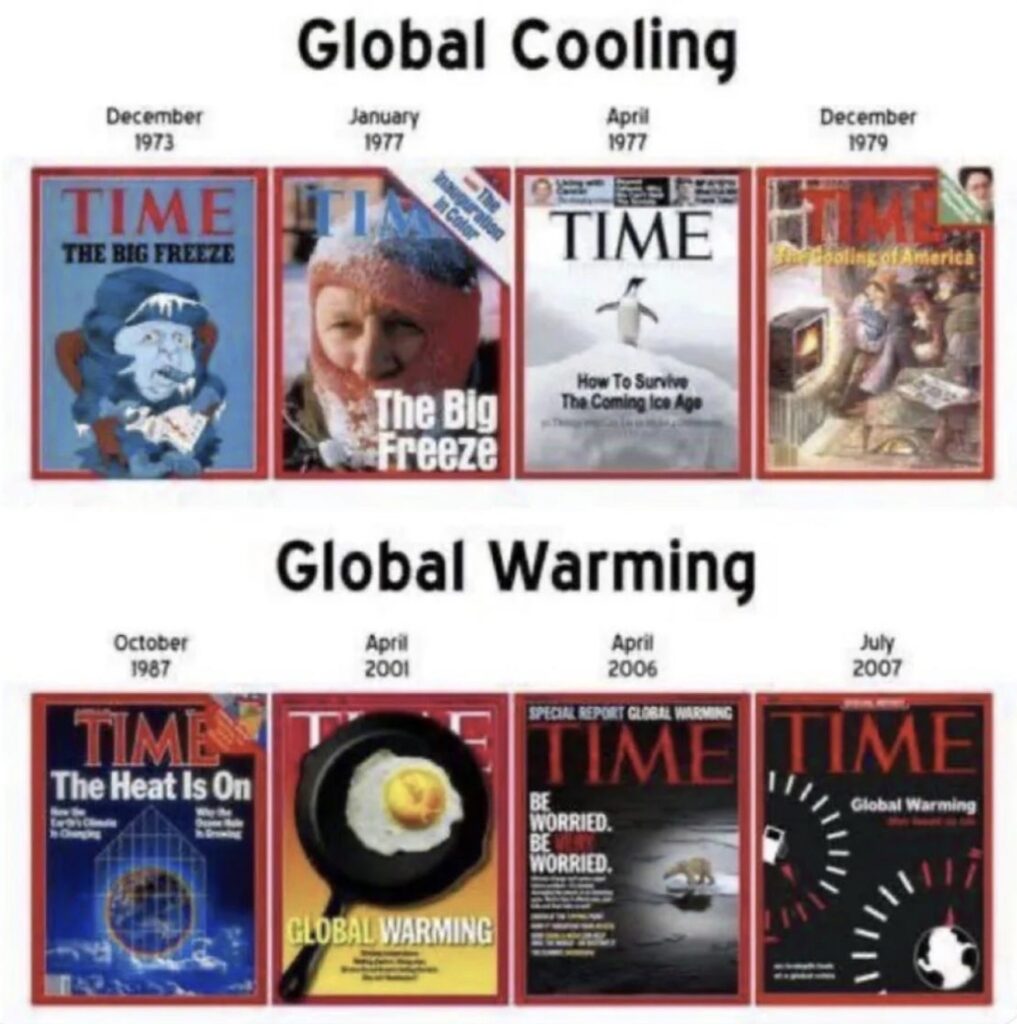
The percentage of carbon dioxide (CO2) in the atmosphere has increased from 0.03% to 0.04% since people began burning coal and oil several hundred years ago. This may have made the earth warmer, but it is not certain.
The same UN IPCC that is telling us the temperature rise is a dire threat and is due to human activity isn’t broadcasting the fact that there was no global rise in temperature between 1998 and 2012, despite our use of fossil fuels and other human activities.
Using the data that were available at the time (through 2012), the last climate report from the Intergovernmental Panel on Climate Change (IPCC) concluded that there had been no statistically significant increase in global surface temperature from 1998-2012.[11]
Here are reasonable factors to consider when thinking about climate:
- Climate is too complex for our human models to accurately predict. Sunspots, cosmic rays, ocean temperature, melting permafrost, and cloud cover interact in ways that cannot be sorted out.
- All plant growth relies on plants obtaining carbon dioxide from the air. Increased CO2 in the atmosphere helps plants grow faster, which improves agricultural yields and enriches ecosystems.
- A bigger problem would be a new ice age. During most of the last 100,000 years there were ice sheets covering Canada, northern Europe, and the northern US. If global warming is occurring, it could help prevent a return to these conditions.
Many people of good will are passionate about reducing their carbon dioxide footprint. However, many companies and organizations stand to benefit by frightening the public about climate change and selling solutions to enrich themselves, such as carbon credits,[12] or promoting nuclear power as a safer form of energy than burning wood, coal or petroleum products.
Right now Holland,[13] Ireland[14] and some other governments have announced a major culling of cows (and farms) because the cows belch methane, a greenhouse gas that can increase global warming. The number of cows must be reduced, we are told, to combat climate change, even though changing their feed can also reduce methane output.[15] [16]
This will boost the synthetic meat industry, itself dependent on industrial fertilizers (some of which are made from natural gas, which is mostly methane) and numerous chemical applications. Cows produce manure to replace synthetic fertilizers, while GMO soy ‘meat’ does not.
The evidence that things are dangerously heating up, and that it is due to human activities like raising cows, is controversial and questionable. Demonizing carbon dioxide or cows and imposing major changes in the way we live and eat, without solid proof they will truly benefit us or our environment, should be a concern.
[1] https://news.un.org/en/story/2022/05/1117842
[2] https://news.un.org/en/story/2022/11/1130622
[3] https://news.un.org/en/story/2022/04/1115452
[4] https://data.worldbank.org/indicator/EG.FEC.RNEW.ZS
[5] https://worldpopulationreview.com/country-rankings/renewable-energy-by-country
[6] https://royalsociety.org/topics-policy/projects/climate-change-evidence-causes/question-12/
[7] https://www.nasa.gov/content/goddard/antarctic-sea-ice-reaches-new-record-maximum
[8] https://www.nasa.gov/feature/esnt/2022/nasa-finds-2022-arctic-winter-sea-ice-10th-lowest-on-record
[9] https://www.nytimes.com/interactive/2023/climate/earth-hottest-years.html
The NY Times cites the European Union’s Copernicus Climate Change Service for this statistic, saying that 2016 was the hottest year on record.
[10] https://www.fs.usda.gov/ccrc/education/climate-primer/natural-climate-cycles
[11] https://www.climate.gov/news-features/climate-qa/why-did-earth%E2%80%99s-surface-temperature-stop-rising-past-decade
[12] https://www.nytimes.com/2021/11/23/business/dealbook/farm-carbon-credits.html
[13] https://phys.org/news/2022-01-dutch-cow-farmers-tough-climate.html
[14] https://www.theguardian.com/world/2022/aug/29/irish-farmers-cull-cows-meet-climate-targets
[15] https://www.frontiersin.org/articles/10.3389/fvets.2023.1153097/full
[16] https://wcroc.cfans.umn.edu/news/kelp-2023

